Vinna við nýjar heimasíður Umhverfis- og orkustofnunar og Náttúruverndarstofnunar er í gangi. Heimasíða Umhverfisstofnunar er virk á meðan vinnunni stendur. Information in English
Fauna
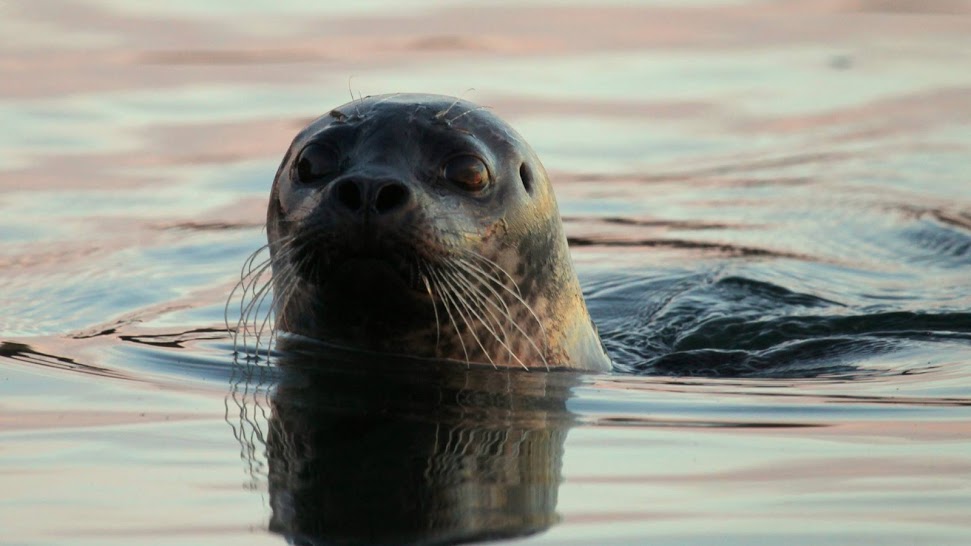
Bird life
The nature reserve in Vatnsfjörður has diverse birdlife. The nature reserve reaches from the ocean and up to the Gláma highlands, and all habitats are found there except bird cliffs.
In the highlands, you’ll find great northern loons, red-throated loons and swans on the lakes and sandpipers, snow buntings and wheatear along with ptarmigan and golden plovers.
Both the red-throated loon and the great northern loon have been known to nest and rear chicks by Vatnsdalsvatn. The red-breasted merganser has also nested by the lake and reared chicks. More duck species have been spotted by the lake, such as teal, Eurasian wigeon, mallard, harlequin duck and long-tailed duck.
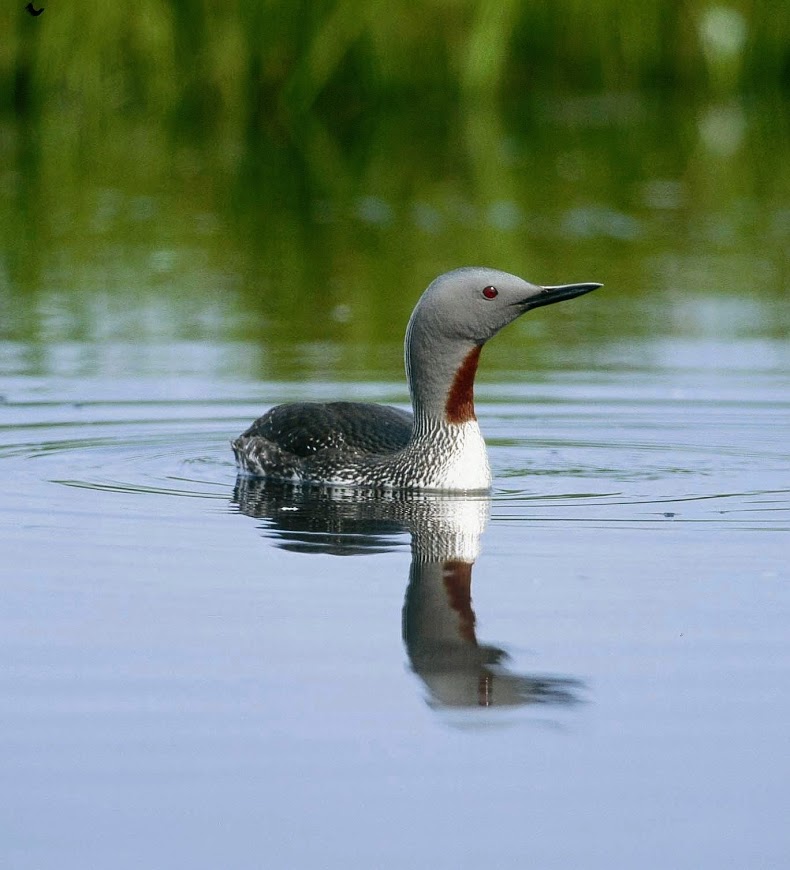
Breiðafjörður is important to wetland birds. During the migration period, i.e. spring and fall, e.g. brant geese, red knots, ruddy turnstone and sandpipers looking for food for the continuing flight to the nesting grounds in the north can be spotted there, and they stopover again before heading to their wintering grounds further south in Europe. A number of species use the area during the moulting period, including swans, greylag geese and eider ducks. Harlequin ducks and sandpipers winter there, along with a number of other species.
Eider ducks can be spotted on the beach in Vatnsfjörður, as can various species of gull year round. The mudflats are bustling with life in spring, with numerous birds such as sandpipers, European oystercatchers, golden plovers, redshanks and ringed plovers looking for food. Some of these birds nest in the area, but others move away from the sea when it comes time to nest. The Arctic tern usually arrives in May after a long flight from the southern hemisphere and nests by the sea, but it has also been known to nest by Vatnsdalsvatn.
.jpg)
In the birch scrub, redwings are the most common bird, along with the meadow pipit. Eurasian wrens and the common redpoll are also common in the scrub. A teneriffae, the smallest bird in Europe, has been spotted in Vatnsfjörður. The common snipe is found in marshes and brush.
Falcons and merlins have been spotted flying in the nature reserve. The white-tailed eagle is the biggest and rarest bird of prey in Iceland and was nearly hunted to extinction in the beginning of the 20th century. It nests in West Iceland and is quite common in Breiðafjörður, where nearly half of the white-tailed eagle population nests. The white-tailed eagle is a resident bird, but the young birds travel around the country. The white-tailed eagle and the falcon are wholly protected. It is prohibited to get any closer than 500 m to the white-tailed eagle’s nest, unless with special permission. Staying near falcon nests is prohibited.
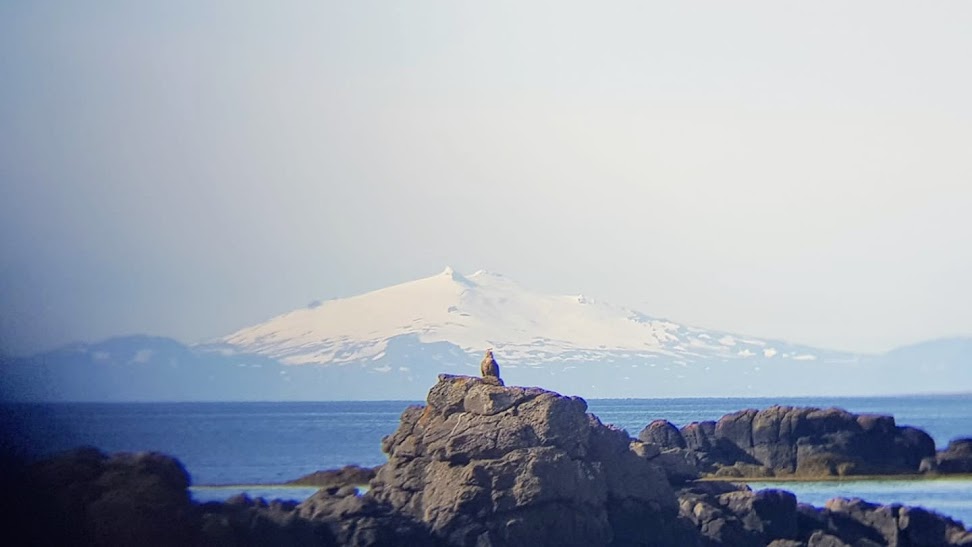
Fish and Insects
In Vatnsdalsvatn, you can fish for Arctic charr and the occasional salmon. One- to three-pound Arctic charrs are most common, but up to six-pound charrs have been caught there. Fishing in the lake is subject to a fishing permit. There are often a lot of flies around Vatnsdalsvatn, so it’s better to have a fly net at hand for calm summer days.
Mammals
Speckled seals are common in Breiðafjörður. Young seals can be curious and seem to watch the people on land, but they are quick to make themselves scarce if startled. Seals can often be seen lying on the skerries in Hörgsnes.
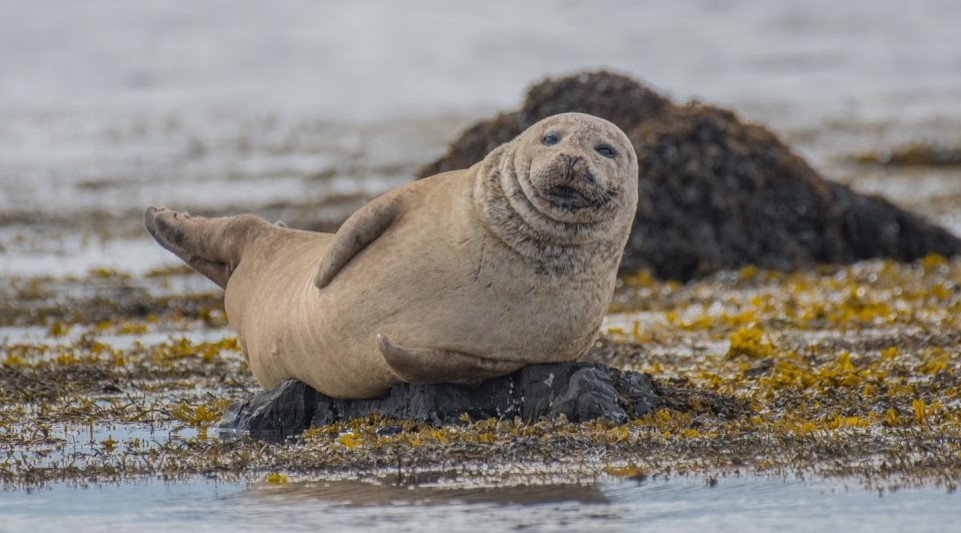
Field mice are found all over the country. They aren’t usually seen much in summer but are more on the move in the fall. In winter, mounds of bearberry that have been collected for winter reserves can often be seen.
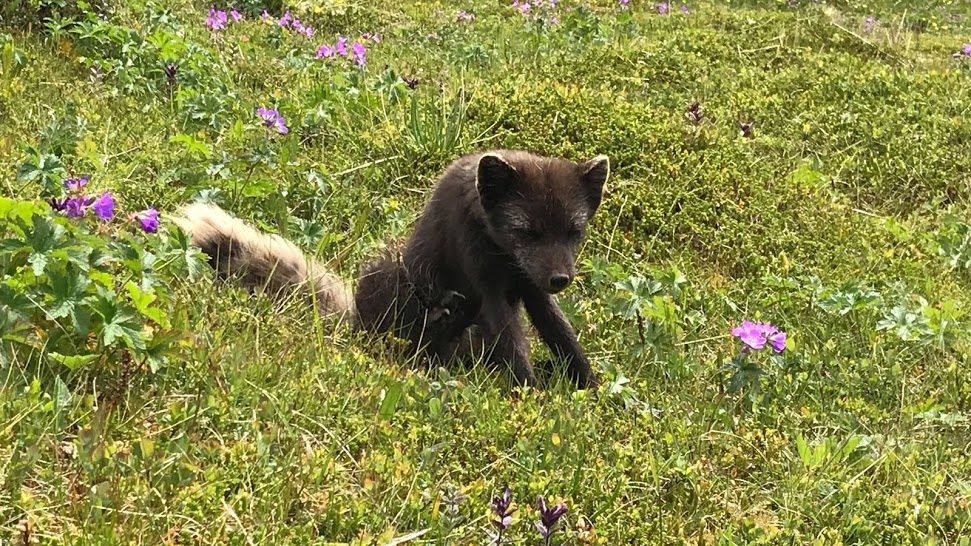
Fox and mink are found in the nature reserve. These species are usually not prominent except in the mating season in late winter, which is when they’re on the move the most.